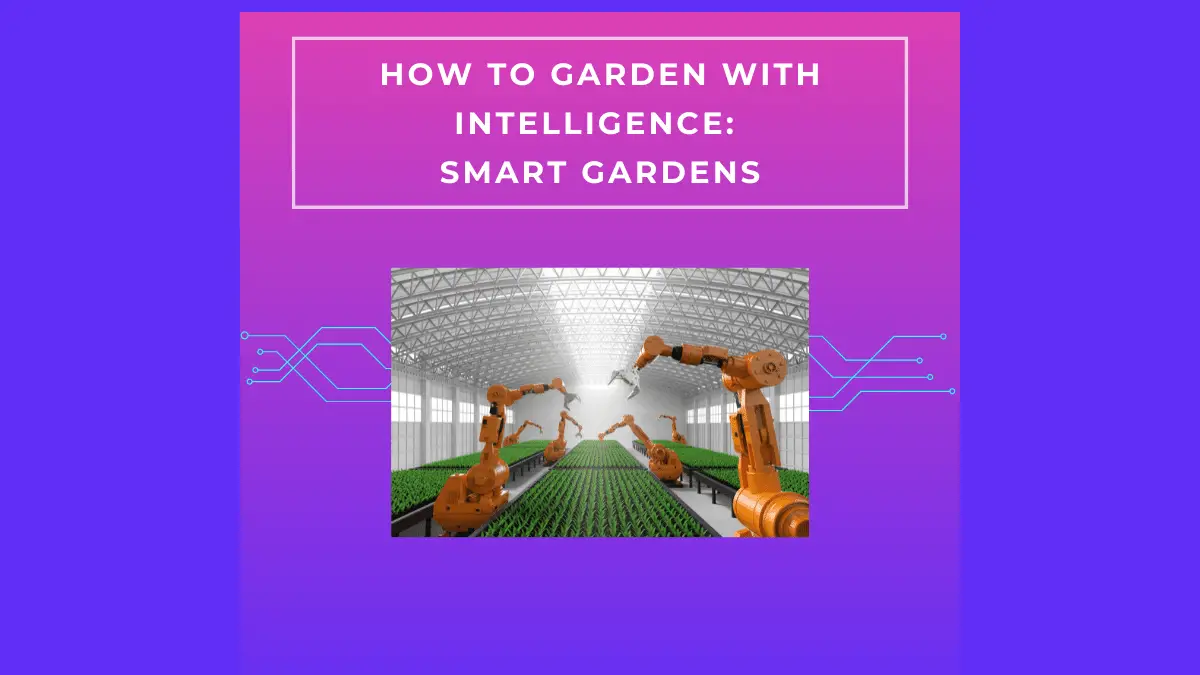Smart Gardens
The term “smart garden” is often used to describe a garden that uses technology to help the gardener in some way. A smart garden can range from a simple automatic irrigation system to a fully automated, climate-controlled greenhouse.
In general, a smart garden will have some form of automation or computerization and will often use sensors to monitor conditions in the garden. The data collected by the sensors can be used to optimize various aspects of the garden, such as watering, lighting, and temperature.
There are many different ways to create a smart garden, and the level of sophistication will vary depending on the gardener’s needs. For example, a gardener who wants to be able to monitor their garden from anywhere in the world will need a more complex system than someone who just wants an automated irrigation system.
The following are some of the most common features of smart gardens:
- Automated irrigation systems
- Climate control
- Lighting control
- Sensor data collection
- Remote monitoring
Automated irrigation systems
are one of the most popular features of smart gardens. They can be programmed to water the garden on a schedule or in response to conditions in the garden, such as moisture levels.
Climate control
Climate control systems are used to regulate temperature and humidity in the garden. This can be important for plants that need specific conditions to thrive.
Lighting control
Lighting is important for the plants’ health and the garden’s aesthetics. Smart lighting systems can be used to automatically turn lights on and off, as well as to adjust the intensity of the light. Sensor data collection sensors are used to collect data about conditions in the garden, such as temperature, humidity
Sensor data collection
Sensors are used to collect data about conditions in the garden, such as temperature, humidity, and light levels. This data can be used to optimize the conditions in the garden.
Remote monitoring
Remote monitoring systems allow the gardener to monitor the garden from anywhere in the world. This can be useful for keeping an eye on the garden while away on vacation or getting alerts if there is a problem.
Types of Smart Gardens for Beginners
Indoor hydroponics garden
An indoor hydroponics garden is a smart garden designed to grow plants indoors. Hydroponics gardens use a water-based growing medium instead of soil and can be controlled using a computer system.
Aeroponics garden
An aeroponics garden is another smart garden designed to grow plants indoors. Aeroponics gardens use a mist-based growing medium instead of soil and can also be controlled using a computer system.
Self-watering pots
Self-watering pots are another type of smart garden product. These pots have a built-in reservoir that waters the plants on a schedule or in response to conditions in the pot, such as moisture levels.
Many different types of smart garden products are available, and the best one for you will depend on your needs. Whether you want to be able to monitor your garden from anywhere in the world or you just want an automated irrigation system, there is a smart garden product that can help you.
Smart gardens are becoming more and more popular as technology advances. They offer a convenient way to automate various aspects of the garden, as well as to monitor conditions in the garden. Many options are available if you are interested in creating a smart garden. Choose the features that best meet your needs and start creating your own smart garden!
With the right combination of features, a smart garden can be a valuable tool for any gardener, whether a beginner or an experienced pro. Using technology to help with the various tasks involved in gardening, a smart garden can make the whole process easier and more enjoyable. So if you’re thinking about





